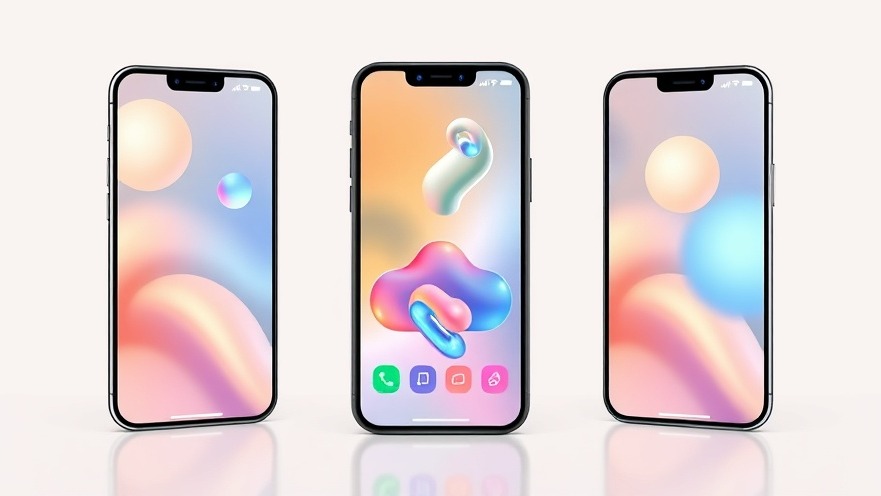
The Remix Revolution: Why Design Trends Feel Familiar
Let’s face it: the design landscape is a continuous loop of trends reimagined from the past. Every season brings forth a cacophony of fresh aesthetics, touted as groundbreaking. Yet, only a closer look reveals that today’s hottest designs are merely echoes of styles long gone, cleverly packaged for modern sensibilities.
From Design Nostalgia to Brand Ambiguity
The concept of design as a remix machine underpins a unique observation—principles from decades ago are resurrecting with minor tweaks. The trend of glassmorphism perfectly illustrates this point. What seems modern and innovative is, in fact, an evolution of the translucent designs that graced our childhood tech. Think of the iconic iMac G3 with its Bondi Blue hue or the translucent Game Boy Color from the 90s. Today’s glassmorphism borrows this layered aesthetics from nostalgic technology, yet it’s marketed as cutting-edge.
Brutalism: A Bold Statement or Just a Rehash?
Brutalism in design symbolizes rebellion against conventional aesthetics, yet its roots steep into Soviet propaganda posters and mid-century architecture. Urban designers shout, "I reject your conventions!" but often they’re following a much older, predetermined playbook—a paradox that underlines the challenge of creating truly innovative content. This blend of historical influences not only reinforces brand identity but also spurs conversations about the very essence of creativity.
The Power of Gradients: From Discotheque to Digital
Perhaps the most visually stunning revival is that of gradients, which have made a significant comeback. Once a staple of disco culture in the 1970s, gradients are splashing across modern designs, from hero images to logos. They originally dominated album covers and sci-fi films, fell out of favor with the rise of flat design, and now they are heralded as the 'new black.' This cyclical nature of trends often leads to a diluted sense of authenticity in brand representation.
How Creative Honesty Can Enhance Franchise Success
For franchisors aiming to optimize operational efficiency, understanding the roots and reasons behind design trends can serve as a powerful tool. By leveraging familiar aesthetics, brands can connect with both franchisees and end-users more profoundly. When thoughtfully applied, these design choices not only ensure visual consistency but also evoke emotional responses through shared cultural memory, fostering a sense of community among franchise locations.
Elevating Your Brand: Take Action with Inspired Design
The key takeaway is simple: embrace the synergy between past and present in your brand’s design strategy. Utilize the nostalgia behind trends to reinforce brand loyalty and franchisee alignment across multiple locations. This blending of the old with the new can be critical in maintaining brand consistency while ensuring that every piece of visual communications resonates with your target audience.
 Add Row
Add Row  Add
Add 




Write A Comment